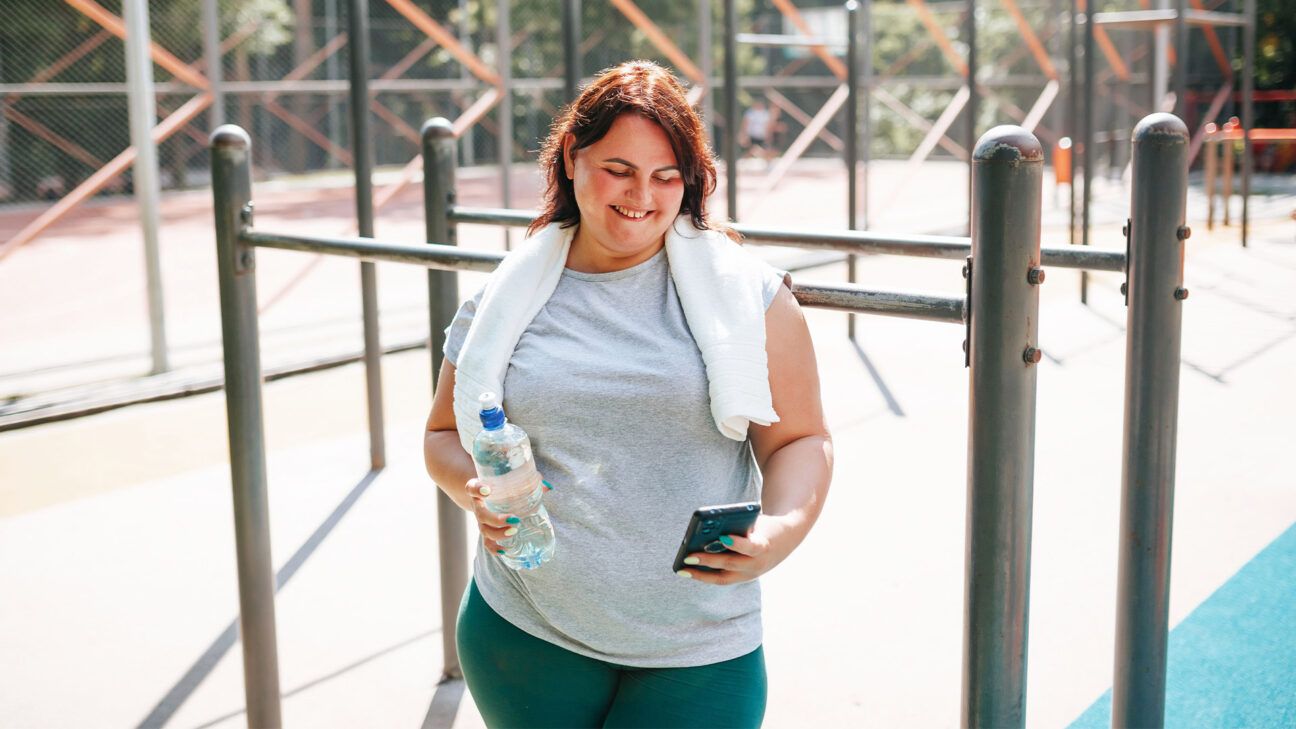5 Common Nutrient Deficiencies You Can Develop on Drugs Like Wegovy and Zepbound

- While GLP-1 medications like Ozempic, Wegovy, and Zepbound can help with weight loss, they may also cause nutrient deficiencies.
- While taking a GLP-1 drug, it is important to consider getting adequate protein, vitamin B12, vitamin D, iron, and calcium.
- Experts share how to manage these deficiencies with diet and lifestyle changes.
Losing weight on GLP-1 drugs like Ozempic, Wegovy, Mounjaro, and Zepbound may increase your risk of developing nutrient deficiencies because these medications cause people to significantly reduce their food intake.
“If the reduced quantity they are eating is not nutrient-dense, then they may not get all the vitamins and minerals they need,” Rekha B. Kumar, MD, associate professor of clinical medicine at Cornell and Chief Medical Officer at Found, told Healthline.
Also, if you experience side effects from GLP-1 drugs, like vomiting or diarrhea, you may not absorb all the nutrients from the food you are consuming.
However, Tara Schmidt, lead dietitian for the Mayo Clinic Diet, said nutrient deficiencies develop over weeks or sometimes even months.
“Most deficiencies are likely to occur with long-term inadequate intake, such as an overly restrictive diet, malnutrition, or avoidance of entire food groups,” she told Healthline.
While there is still not enough data on nutrient deficiencies specific to people on GLP-1 drugs, experts say these are the five most common nutrient deficiencies people can experience and what they can do to avoid them.
Protein
Not consuming enough protein can lead to loss of lean body mass, weakness, edema, hair loss, and skin changes.
While recommendations vary by age, sex, exercise frequency, and health, the Dietary Guidelines for Americans recommends that most adults should consume around 50 grams of protein per day.
However, for people living with obesity who are on treatment to lose weight, such as those who have undergone bariatric surgery, their doctor may recommend as much as 60 to 75 g/day of protein.
Kumar encourages her patients who take GLP-1 medications to prioritize eating protein, healthy fats, and vegetables “because they will feel full easily and get their required nutrition.”
Foods high in protein include:
- Eggs
- Nuts
- Chicken breast
- Cottage cheese
- Greek yogurt
- Milk
- Lentils
Vitamin D
Vitamin D helps the body build and maintain strong bones. The recommended amount of Vitamin D for adults ages 19 to 70 years is 600 international units (IU).
If you’re not getting enough vitamin D, your body may show the following signs:
- Muscle pain
- Muscle weakness
- Fatigue
- Bone pain
- Tingly sensation in hands or feet
Some foods high in vitamin D include:
- Fatty fish, including trout, salmon, tuna, and mackerel
- Beef liver
- Egg yolks
- Cheese
- Milk
Vitamin D helps the body absorb calcium.
Calcium
Calcium helps the body function in several ways, including allowing the muscles to move and nerves to communicate messages from the brain to the body.
It also helps blood vessels circulate blood and releases necessary hormones in the body. Adults need about 1,000mg to 1,2000 mg of calcium per day.
Foods high in calcium include milk, yogurt, and cheese.
“For those who wish to avoid dairy, tofu, soymilk, broccoli, some mushrooms, and fortified orange juice are other options, but do not all contain both nutrients,” said Schmidt.
Vitamin B12
Vitamin B12 helps keep blood and nerve cells healthy and helps make DNA. It also prevents anemia.
Some signs of a B12 deficiency include fatigue, headaches, pale or yellow skin, and difficulty concentrating.
Recommended amounts of B12 for adults is 2.4 micrograms (mcg).
Vitamin B12 is naturally found in meat, fish, poultry, eggs, and dairy.
“For those who follow a vegan diet, this can pose a challenge, so selecting fortified products like cereal, meat substitutes, and nutritional yeast can be helpful,” said Schmidt.
Iron
Iron helps the body grow and develop. It also helps the body make hemoglobin in red blood cells, which carry oxygen from the lungs to the body, as well as myoglobin, which provides oxygen to muscles. Iron also makes some hormones.
Adult men need 8mg of iron per day. Adult women need 18mg until they reach 51, and then 8mg after that.
Some signs of low iron include:
- Tiredness
- Weakness
- Shortness of breath
- Pale or yellow skin
- Rapid heartbeat
- Headaches
- Brittle nails
Sources of iron include:
- Clams and oysters
- Lean beef and poultry
- Legumes and lentils
- Whole grains
- Fortified breakfast cereals
- Spinach and kale
“Because iron from plants is not as well absorbed, it’s a good idea to pair the iron source with a source of vitamin C; think spinach salad with strawberries, a lean cut of beef with bell peppers, or iron-fortified cereal with melon,” said Schmidt.
Tips to avoid a nutrient deficiency while taking weight loss drugs
While taking a GLP-1 weight loss medication, consider the following tips to help ensure you get adequate nutrients.
Think about what you drink
Food and beverage choices should provide adequate calories, protein, and hydration in a smaller volume of food, “as overeating while on a GLP-1 may cause nausea or vomiting,” said Schmidt.
Adjust your food intake
When starting a GLP-1 or as the dose increases, Schmidt suggested eating soft, blended, or liquid meals to help tolerate symptoms. Consider overnight oats, smoothies, Greek yogurt, soft fruit, and protein shakes, which can provide protein, vitamins, minerals, fiber, and/or hydration.
Avoid empty calories
Foods and drinks that provide empty calories, meaning high calories with low nutritional value, should be avoided. These include items like sugary beverages, sweets, alcohol, and ultra-processed snack foods. “Intake of these items may replace nutrient-dense foods the body needs,” said Schmidt.
Take a multivitamin
Kumar said your doctor may recommend a multivitamin or supplemental. She sometimes recommends that her female patients take a prenatal or bariatric supplement if they have significantly reduced their food intake.
“If someone has reduced fluids and feels cramps, I encourage water intake and suggest a magnesium supplement,” she said.
Self-monitor your habits
Keeping track of habits like how well you hydrate, how much of nutrients like protein you’re consuming, how many calories you’re eating, and how much exercise you’re getting helps increase self-awareness and provides motivation for realistic change, said Schmidt.
Get help
If you think your diet may be inadequate, talk with your doctor and a registered dietitian about ways to ensure you get healthy amounts of nutrients.







